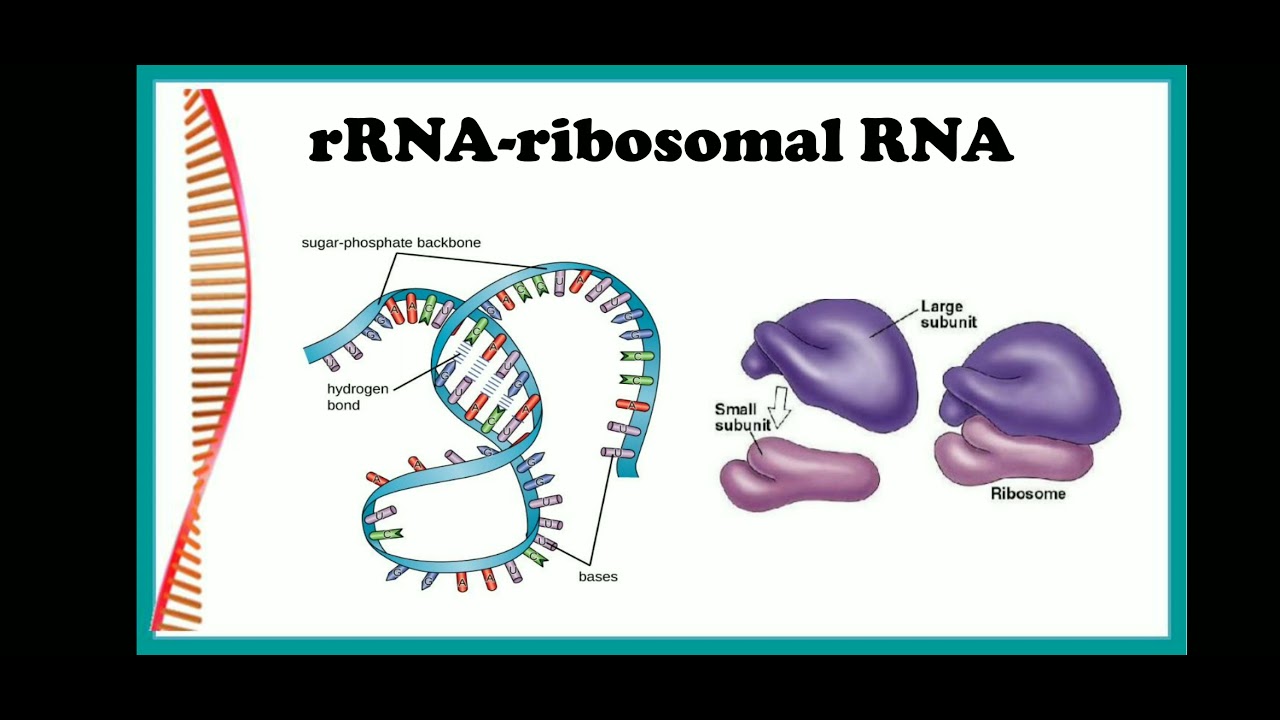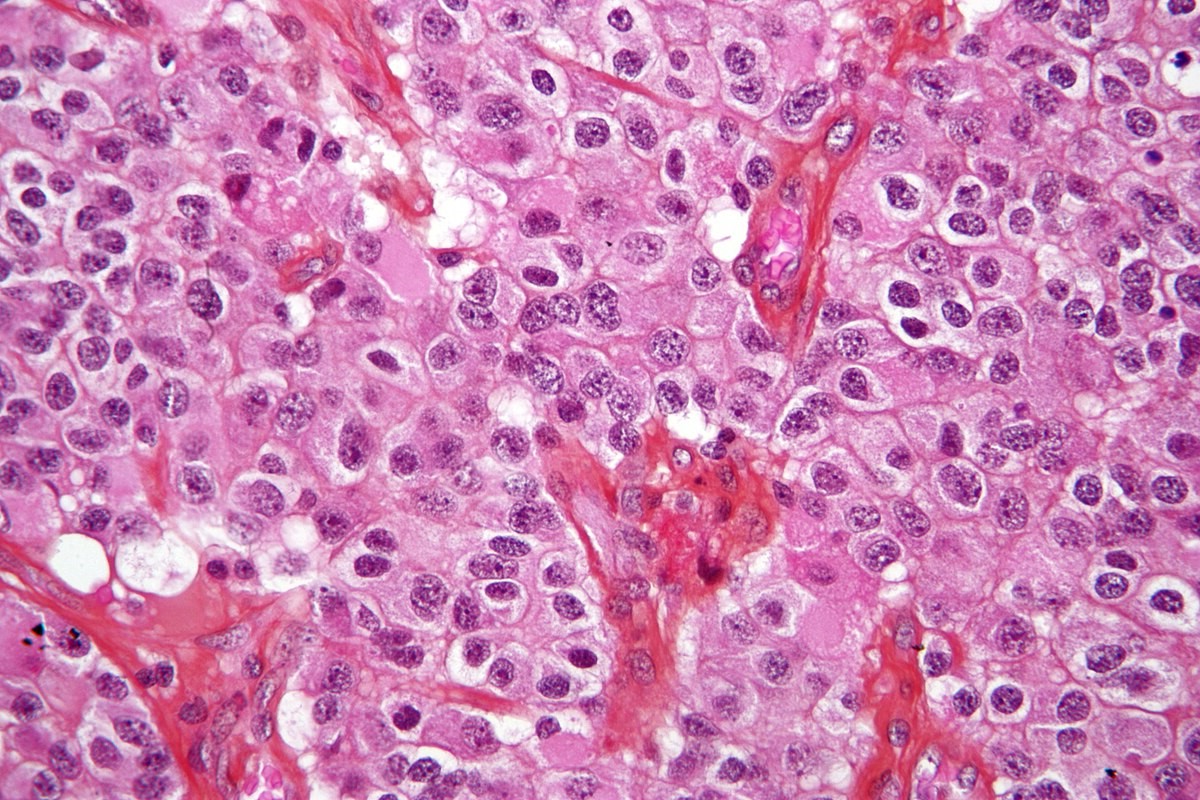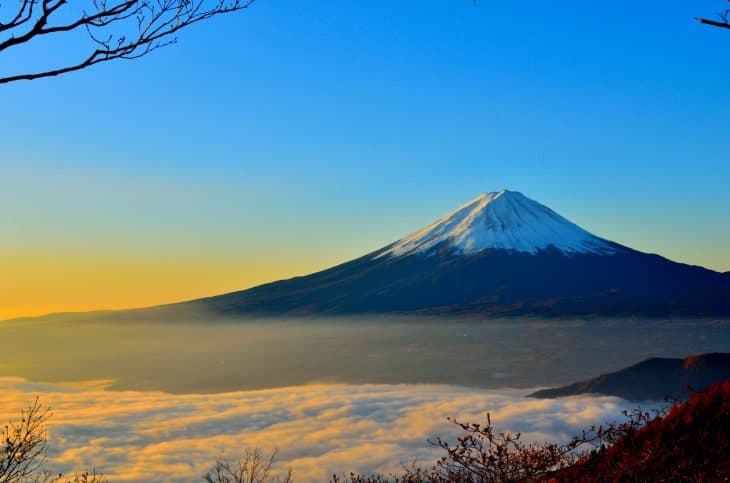
The country of Japan is famous for its rich culture and traditional arts. Not only that, but Japan has made a name for itself as one of the most hospitable and welcoming countries in the world.
With all that, it’s no surprise that Japan makes its way into most people’s dream destinations. See for yourself and venture into the rich history of the Land of The Rising Sun with these Japan facts.
- As of 2019, Japan has an estimated population of 126,150,000.
- The archipelago that makes up Japan consists of 6,852 islands.
- The area of Japan covers 375,000 square kilometers.
- Japan is the 11th most populous country in the world
- The country of Japan is divided into a total of 47 prefectures which is divided into 8 regions.
- Tokyo is the largest city in Japan.
- Japan is made up of five main islands.
- The country of Japan is located northwest of the Pacific Ocean.
- Archaeologists state that Japan was inhabited as early as the Upper Paleolithic period.
- The country of Japan has renounced its right to declare war.
- Japan has the longest life expectancy in the world.
- The country is also a global leader in terms of the automotive and electronic industries.
- The greater Tokyo area has an approximate population of 37.4 million residents.
- Japan began adopting Western styles of construction during 1868.
- The National Anthem of Japan is called Kimigayo (His Imperial Majesty’s Reign).
- Japan is a part of the Pacific Ring of Fire.
- Japan is a member of the G7, OECD, and the United Nations.
- The Japanese military ranks as the fourth most powerful in the world.
- Nihon or Nippon is the Japanese name for Japan.
- The age of consent in Japan is 13.
Japan Facts Infographics
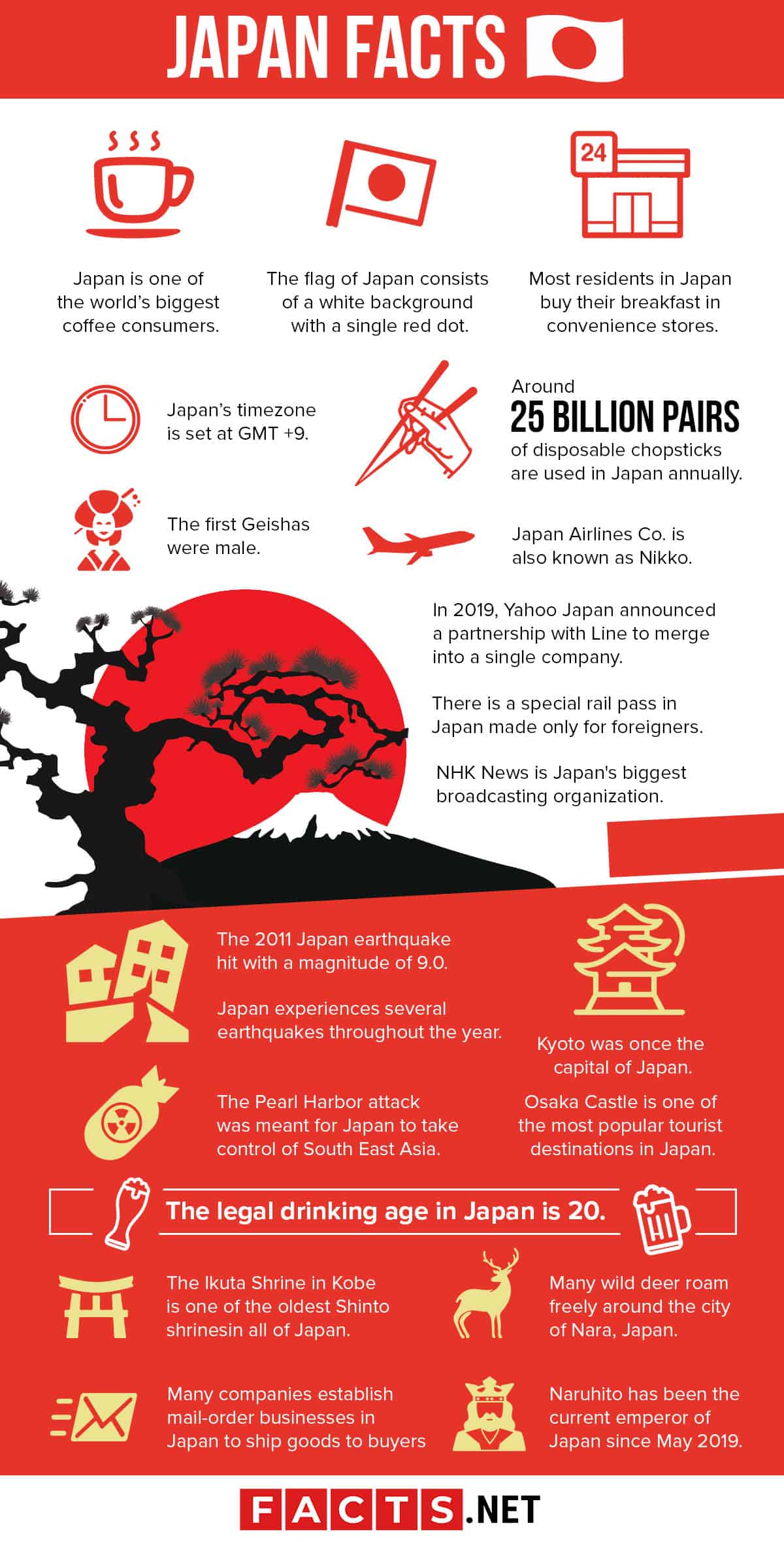
Japan is one of the world’s biggest coffee consumers.
The Japanese take their coffee very seriously. Globally, Japan has gained a reputation for having one of the most fascinating coffee cultures.
Coffee consumption in Japan ranks 4th in the world due to the number of coffee shops located within populated cities like Tokyo. Coffee is offered in nearly every food establishment, and as well as vending machines.
Japanese swordsmiths are limited to producing 2 swords per month.
Authentic katanas, the revered Japanese swords, command high prices starting from $8,000 and can reach hundreds of thousands of dollars. This steep cost is partly due to the strict limitations on production. A Japanese swordsmith is only permitted to craft a maximum of two long swords, such as katanas or tachi, or three shorter blades, such as wakizashi or tanto daggers, per month. This restriction ensures the quality and uniqueness of each sword, but also contributes to their high value and rarity.
Most residents in Japan buy their breakfast in convenience stores.
Many Japanese residents often prefer to grab their breakfast on the way to work or school to save on time on cooking. Some of the most popular on the go meals include onigiri, bento boxes, and fruits.
Japanese convenience stores also carry a wide array of health drinks for a balanced diet.

Around 25 billion pairs of disposable chopsticks are used in Japan annually.
This totals to around 200 pairs per capita each year. Most of these disposable chopsticks are made from plastic or wood.
Japan’s timezone is set at GMT +9.
Japan Standard Time (JST) is nine hours ahead of the Greenwich Mean Time. JST is also called Nihon Hyojunji in the Japanese language.
Japan also does not practice daylight savings time.
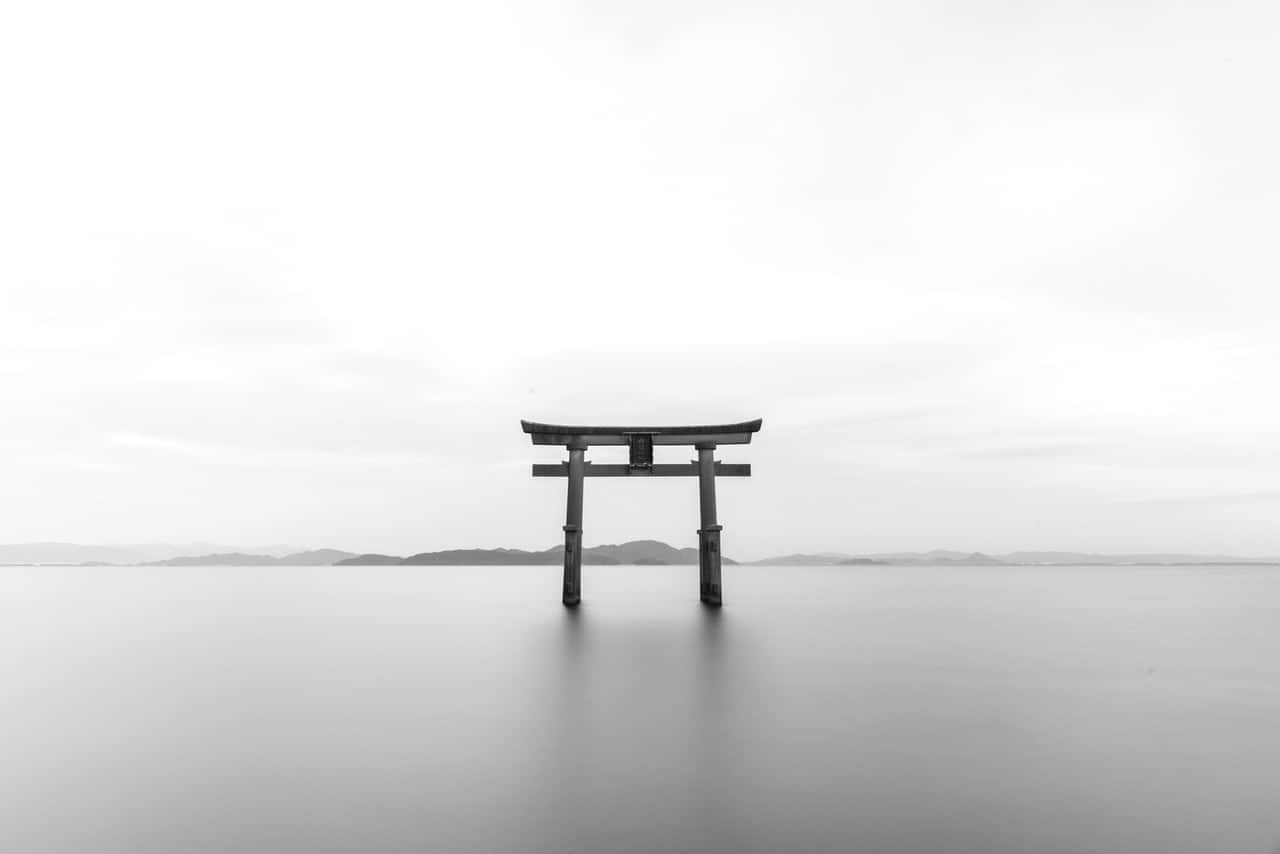
In 2019, Yahoo Japan announced a partnership with Line to merge into a single company.
Yahoo Japan stated in an interview in November 2019 that the two companies expect to complete their merge by October 2020. This partnership aims to give Line better chances to compete against its rivals from the United States and China.
Once completely merged, the company plans to improve in terms of artificial intelligence and as well as other areas.
Japan Airlines Co. is also known as Nikko.
Its full Japanese name is Nihon Koku Kabushiki-Gaisha. This airline company is known for its liveries that feature Tokyo Disneyland and Tokyo DisneySea as its official airline of Tokyo Disney Resort.
Japan Airlines is also a four-star airline with wonderful premium economy seats.
The first Geishas were male.
Contrary to popular belief, the first Japanese Geisha were actually men. First emerging in the 1730s, locals dubbed these male Geishas as Taikomochi or Houkan.
The male Geisha’s role was very similar to a jester in western culture. Female Geishas did not appear until 20 years later, slowly taking over the profession by 1780.
The flag of Japan consists of a white background with a single red dot.
Japan’s national flag features a rectangular white banner with a solid red circle at its center. Locals refer to the Japanese flag as the Hinomaru, which translates to ‘the circle of the sun’.
This imagery symbolizes the land of Japan and is where it gets its name ‘The Land of the Rising Sun.”
The 2011 Japan earthquake hit with a magnitude of 9.0.
This earthquake struck from the Pacific Ocean off the northeast coast of Japan near the Honshu area. Named the East Japan Earthquake, the event triggered a large tsunami that flooded over 200 square miles of the coastal land.
NHK News is Japan's biggest broadcasting organization.
Nippon Hoso Kyokai (NHK) is Japan’s national broadcasting organization stationed in Shibuya, Japan. The name literally translates to Japanese Broadcasting Corporation.
Many people enjoy the network’s content such as its television programs and radio shows. Additionally, many Japanese residents also rely on this network for credible news.
There is a special rail pass in Japan made only for foreigners.
The Japan Rail Pass (JR Pass) is a special fare ticket that gives you unlimited access to all JR trains for a set amount of time. This pass is exclusive to visitors to Japan who have signed up for the pass before their arrival.
The pass is also valid for some bus routes operated by JR and the JR Ferry to Miyajima. Apart from the unlimited rides, this pass also offers seat reservations and discounts at affiliated hotels.
Many companies establish mail-order businesses in Japan to ship goods to buyers.
These companies normally ship goods commonly found in Japa,n but not internationally to customers abroad. Some of the most popular goods to mail-order include food, reading material such as manga and magazines, and electronic goods.
Some companies like Japan Crate and Hobbylink also dedicate their entire services to certain products such as anime merchandise and clothing.
Japan experiences several earthquakes throughout the year.
On average, Japan experiences around 1,500 earthquakes annually. These mostly consist of minor tremors that occur daily.
Japan also has a long history of devastating earthquakes and aftershocks in the past. This is because the country of Japan sits in a volcanic zone of the Pacific Ring of Fire.
Osaka Castle is one of the most popular tourist destinations in Japan.
This Castle attracts over 2.5 million visitors annually and is home to several valued cultural properties. Both residents and locals also come to the Castle property during flower viewing seasons.
The Osaka Castle first opened in 1597 and has since been featured in a few films and novels.

Kyoto was once the capital of Japan.
For some time, the home of the Emperors functioned as Japan’s capital. From the year 794 to 1868, the Emperor had always lived in what is now considered as modern-day Kyoto.
However, Japan’s capital changed to Tokyo after the Emperor moved there right after 1868. Despite this change agreed upon by both the Emperor and the Japanese government, many still believe that Kyoto should remain the rightful capital.
Naruhito has been the current emperor of Japan since May 2019.
Hailing from Akihito, the former emperor of Japan, Naruhito presumed his father’s position as the current emperor of Japan. Naruhito serves as the 126th monarch according to the Japanese traditional order of succession.
This ascension of the position also marks the beginning of the Reiwa era. However, much like Britain, the monarch of Japan does not hold any political powers.
Many wild deer roam freely around the city of Nara, Japan.
The deer found in Nara have been taken care of by locals for over 1,300 years and is considered a national treasure. This is due to the Japanese folklore that described how a God once came to Nara riding a deer.
Since this belief was established, the deer found in Nara have been considered to be messengers of the Gods.
The Pearl Harbor attack was meant for Japan to take control of South East Asia.
At the time, Japan believed that attacking Pearl Harbor would be the only chance they have of preventing a full war. By attacking the American base as quickly as possible, it would’ve give them the advantage to move towards the Dutch East Indies territories.
The Ikuta Shrine in Kobe is one of the oldest Shinto shrines in all of Japan.
Estimated to be 18 centuries old, the shrine stands in the center of Kobe as an archetype of the Shinto sanctuary.
In the past, the site bore witness to battles from the Genpei war, but now remains as a historical sanctuary.
The legal drinking age in Japan is 20.
Residents in Japan are allowed to enjoy alcoholic beverages by the age of 21. However, policies still require proof of identity and age before one could be served alcoholic drinks.
Japan also has relaxed laws regarding public drinking. Both locals and foreigners may consume alcohol in parks, train stations, or the side of the road.
It is common for Japanese babies born with a Mongolian spot on their backs.
These spots appear similarly to bruises and can vary in sizes. However, these spots may also show up on other parts of the body such as the baby’s legs, arms, and buttocks.
Karate is the most popular form of martial arts to come from Japan.
Karate began in Okinawa as a common fighting system used by the Pechin class. Over time, this form of fighting was used by the higher classes to study various styles of discipline.
Karate can also be practiced for self-defense or combat sports.
Noh Drama is the oldest form of theatrical drama in the world.
This type of drama uses music, dance, and acting to express Buddhist themes. Often, these dramas recreate famous literary pieces in Japanese literature.
Some examples of iconic Noh dramas include The Tale of Genji, and The Tale of the Heike.
The world’s first novel was written on a cell phone by a Japanese author.
The first novel was titled Deep Love. The storyline told the tale of a teenager engaged in subsidized dating and contracting a sexual disease.
Because the concept of such a story was new at the time, it became popular. Once the book was published, over 2.6 million copies were sold in Japan.
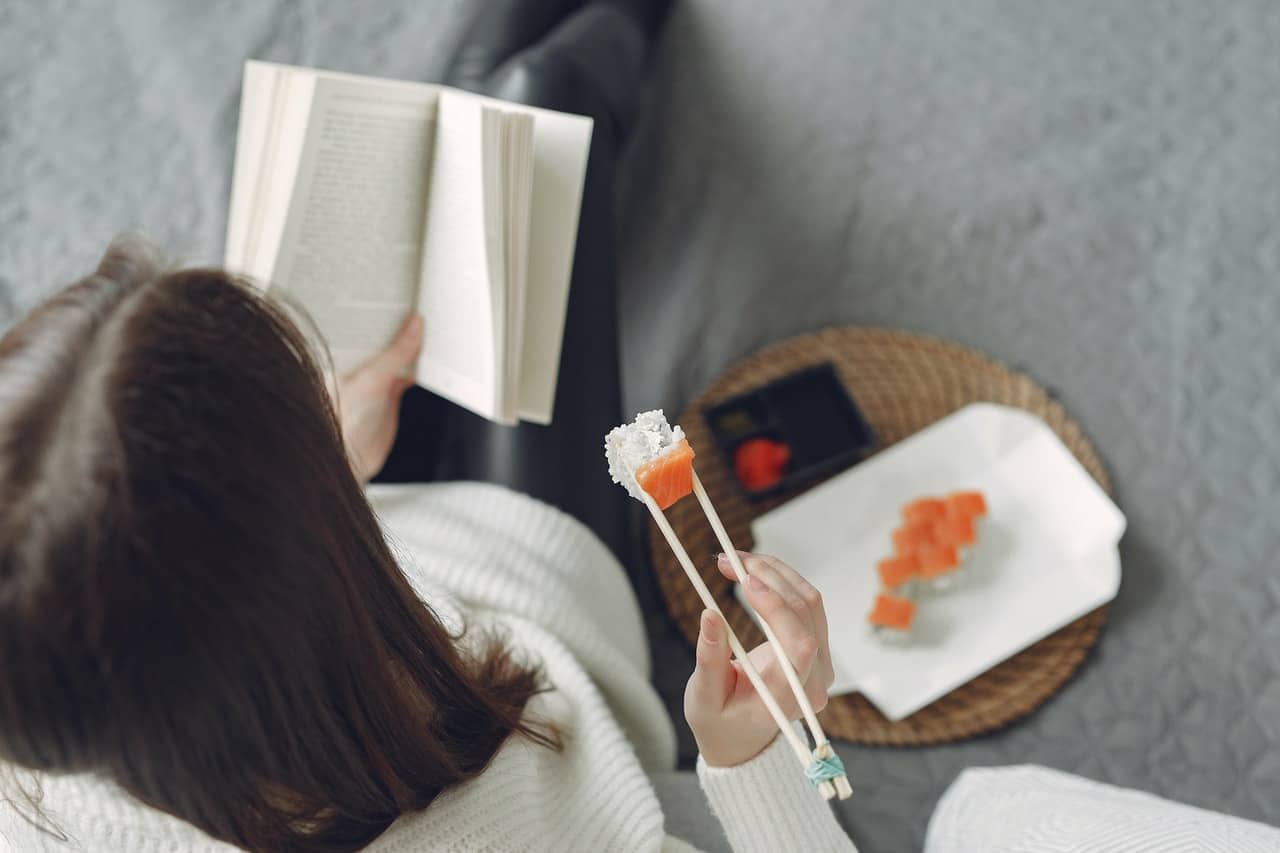
The world’s largest fish market is located in Tokyo.
The Tsukiji fish market is famous for having the largest wholesale fish and seafood market in the world. Each day, professionals come in early to demonstrate the live cutting of fish and auctioning the rarest tuna for the highest bid.
The market first opened in 1935 and has slowly established itself as one of the best wholesale fish markets in the world.
Japan is considered the most polite country in the world.
Japan’s culture is known for its selfless hospitality and manners. Bowing is regarded as a customary courtesy practiced each day.
Buddhist temples in Japan ring their bells 108 times during New Year’s Eve.
During midnight of the last day of December, Buddhist temples all over the country will ring their bells 108 times. Each ring represents one of the 108 human sins that will be sent away with each ring.
The 108 sins refer to worldly desires that relate to the senses and feelings of Japanese residents.
The Japanese believe that the stomach is the center of emotions.
In Japan, the stomach is considered to be a center of emotion, strength, and character. This is because the hara (stomach) is believed to be where physical, mental, and spiritual balance lies.
Many Japanese residents also believe that the stomach is an origin of instinct and other reactions.
The imperial family of Japan had an unbroken lineage for nearly 2000 years.
Traditionally, the imperial throne is passed on through a custom similar to the agnatic seniority. This states that any male or female that has a patrilineal lineage to the throne would be eligible to take over one day.
However, tradition commonly dictates that the first male born would assume the position as the next heir. After the Meiji Restoration, Japan imported the Prussian model of succession which excluded all women from the position.
In Japan, green traffic lights are called blue lights.
Japan has multiple linguistic quirks that come from the English language. An example of this the term used for green traffic lights.
The term blue light originates from an old Japanese word that blends between the colors blue and green – ao. English scholars label this blue, hence the term blue light instead of green light.
Japan consumes around 17 million tons of fish annually.
Japan also makes up around 10% of the catches in the global fishing industry. Among all the fishes consumed in Japan, the Bluefin Tuna and Salmon are the most popular choices.
Butterfish and Mackerel are also commonly eaten for meals throughout the day and are commonly available in a set meal.
The word ‘banzai’ directly translates to “10 thousand years”.
Originally, the Japanese used this term to give blessings to the Emperor. In English, it roughly translates to the saying, “Long live the king.”
In modern Japanese culture, the term is commonly used as a phrase of delight. It now roughly translates to “Hurray” and is used when someone is excited or proud of an accomplishment.
There are more pets in Japan than there are children.
As of 2014, the number of pets owned in Japan has surpassed the number of children in the country. The number of registered pets is now more than 21.3 million which is 4.8 million more than the total number of children under 15 in Japan.
It is predicted that Japan’s total population will shrink up to 30% by the year 2060.
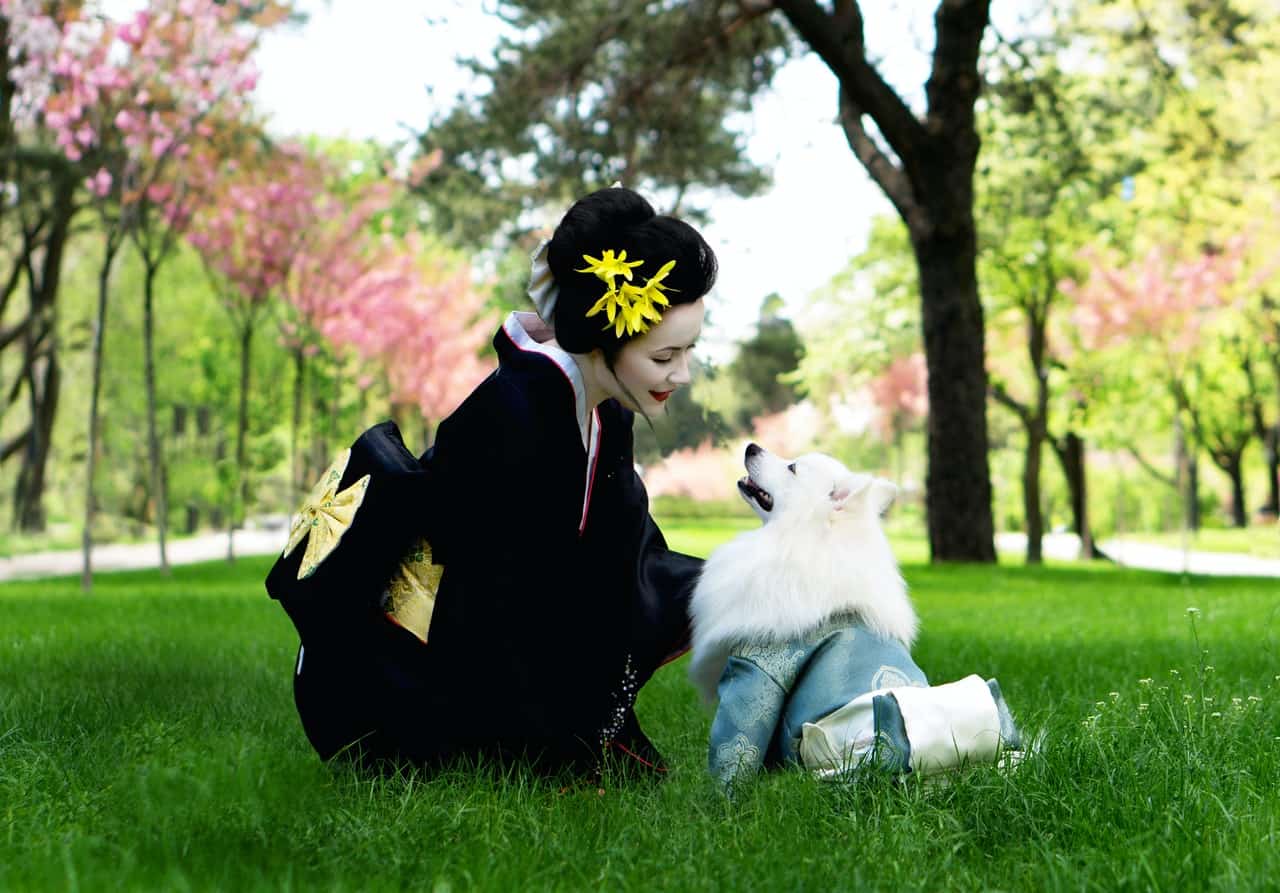
There are over 3,000 McDonald’s restaurants in Japan as of 2018.
Japan also represents the company’s first and most important Asian marketplace. However, despite the vast amount of locations throughout the country, this is considered to be a consolidating market.
Japan is known for having exclusive items on their menu at McDonald’s as well as its seasonal items. This includes the famous shrimp burger, teriyaki burger, and special Halloween squid ink burger.
Japanese residents commonly practice Shinto faith.
A majority of the Japanese population practice Shinto faith. Around 80% of the Japanese population follow this religion.
There are over 80,000 shrines and priests located throughout Japan. with each shrine having its own history.
Japan’s famous sushi dishes were once used as a method of preserving fish.
The concept of sushi was first introduced during the Yayoi period (1000 BC – 300 AD). However, the use of fermented rice was not common until the Edo period (1603 – 1868).
The earliest form of sushi was called narezushi, which uses many fermentation techniques to preserve its ingredients.
The Japanese believe that the number 4 is unlucky.
The number four in Japanese is called Shi, which sounds similar to the word for death. Because the Japanese commonly believe in superstitions and bad luck, they avoid this number as much as possible.
In buildings, any floor that has the number 4 is avoided, which also goes for license plates on cars. Countries such as China, Korea, and Taiwan also observe this as a form of avoiding bad luck.
Japan annually celebrates a festival focused on fertility.
Each Spring, Kawasaki celebrates the Kanamara Matsuri, or The Festival of the Steel Phallus to celebrate male fertility. The festival is held annually during early April and implies a rich harvest in terms of prosperity.
This festival attracts thousands of visitors, both local and foreign, each year. The festival follows a large array of penis-themed goods, decorations, and foods during this time.
The world’s shortest escalator is located in Kawasaki, Japan.
This escalator can be found on the basement floor of More’s Department Store. This escalator is made up of five steps and has a rise of 32.8 inches.
This escalator was also named the Puchicalator, referring to its small size.
Approximately 33% of Japan’s population is over the age of 65.
As of 2014, the percentage of Japanese elderly over the age of 65 accounts for 33% of the entire population of the country. Those aged 75 and higher make up 12.5% of the Japanese population as well. These statistics have led experts to brand Japan’s residents as an aging population.
Japanese laws mandate that blowfish can only be served by a licensed professional.
Before serving blowfish, chefs must pass a licensure exam first to guarantee the safety of those who wish to try the potentially fatal delicacy.
The requirements for being able to serve this fish varies depending on the area. Some locations that serve this dish will also require its customers to sign a waiver beforehand before consuming the delicacy.
Each Pokemon Store in Japan holds goods exclusive to each region of the country.
There are a total of 11 Pokemon Centers located in Japan. Each of these stores is known for selling 100% official Pokemon goods that come from official manufacturers.
Each Pokemon center offers seasonal goods that differ from region to region. These include exclusive plush toys, towels, and other collectibles.
Being given a green wrapped present in Japan indicates that the giver is expecting love.
Gift-giving is considered a bit more complicated in Japanese culture compared to others. Different colored wrappers symbolize different meanings.
For example, green-colored gifts are only given as a sign of a confession of romantic feelings.
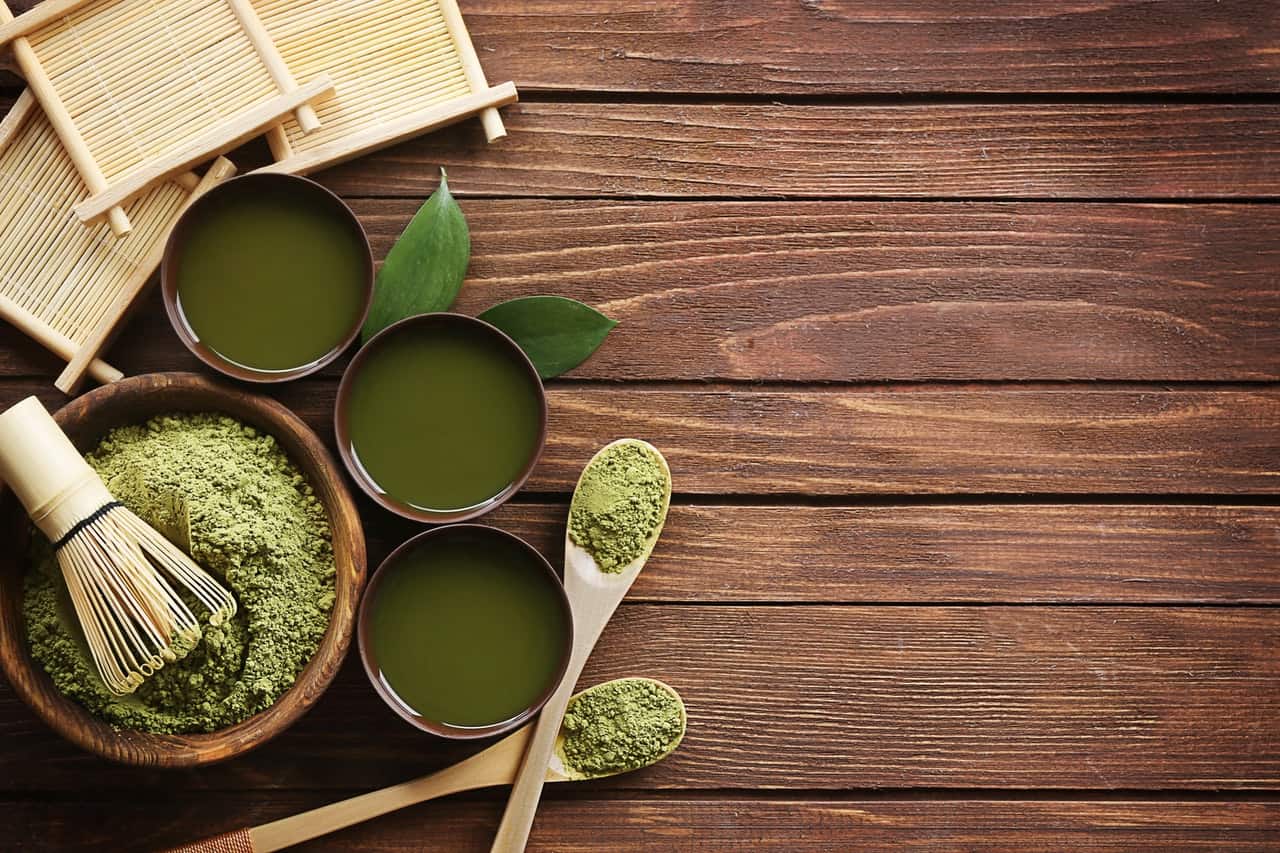
The island of Okunoshima, Japan is filled with wild rabbits.
This island is located in the Hiroshima prefecture and can be accessed through ferry rides from Tadanoumi and Omishima. This island’s rabbits are said to be descendants of wild rabbits released onto the island after the events of WW2.
However, despite their violent history, these rabbits take kindly to tourists and are docile creatures.
In ancient Japan, women with white teeth were considered ugly.
Teeth blackening was a popular trend amongst women in southeast Asian countries for some time. This process is commonly done during puberty to symbolize a form of growing beauty and attractiveness.
In Japan, this was known as Ohaguro and remained a common trend for hundreds of years until the end of the Meiji period.
Raw horse meat is considered a delicacy in Japan.
The Japanese refer to this meat as Sakura or Sakuraniku which translates to Cherry Blossom Meat. The name was given to this delicacy due to its pink color.
Raw horse meat is commonly served on a platter with soy sauce and cut into thin slices. It can also be eaten with ginger and onions, a combination called basashi.
The Japanese yakuza has over 100,000 people working for them.
While the Japanese government cannot directly handle issues with the Yakuza, laws are continuously passed on to ensure its citizens are protected. In 1992, this led to a decline in membership for Yakuza groups.
As of 2016, only 39,000 active Yakuza members remain.
Baseball is the most popular sport in Japan.
Baseball is often jokingly called the national sport of Japan due to its popularity. Baseball reached Japan in 1872 with the first baseball team being established in 1878.
Most of Japan’s junior and senior high schools offer the sport for varsity teams. Some students also train to compete in local tournaments in their respective prefectures against other schools.
Comiket is the biggest anime convention in Japan.
Short for Comic Market, Japan holds Comiket twice a year during the summer and winter. The convention is widely known for its main attraction, the Doujinshi fair.
The first Comiket was held in 1975 with only a few hundred indeed each year. Today, over half a million people visit Comiket each year and have also attracted a wide number of foreign attendees.
Around 90% of mobile phones in Japan are made to be waterproof.
Waterproof phones become more and more popular for Japan’s younger generations. Statistics state that around 90% – 95% of phones in Japan are waterproof.
Another study also found that this is becoming more common as younger generations tend to use them while in the bath as well.
Japan has a total of 13 cities with a population of over 1 million residents.
Nearly 200 of Japan’s cities have a minimum population of 100,000. Throughout the entire country, a total of 684 areas are populated.
Some designated cities have a minimum population of 500,000 and have been designated by official order. Currently, the largest and most populated city in Japan is Tokyo.
Napping at works is welcomed in Japan.
Many Japanese firms encourage their employees to sleep on the job. This is believed to raise a worker’s performance at work which will greatly benefit the company in the long run.
Sleeping on the job commonly indicates that an employee is working hard to accomplish his tasks.
Japan sells more adult diapers than baby diapers.
More than a quarter of Japan’s population is elderly, which explains the large amount of adult diaper consumption in the country. It is estimated that Japan’s senior population is worth around $900 billion.
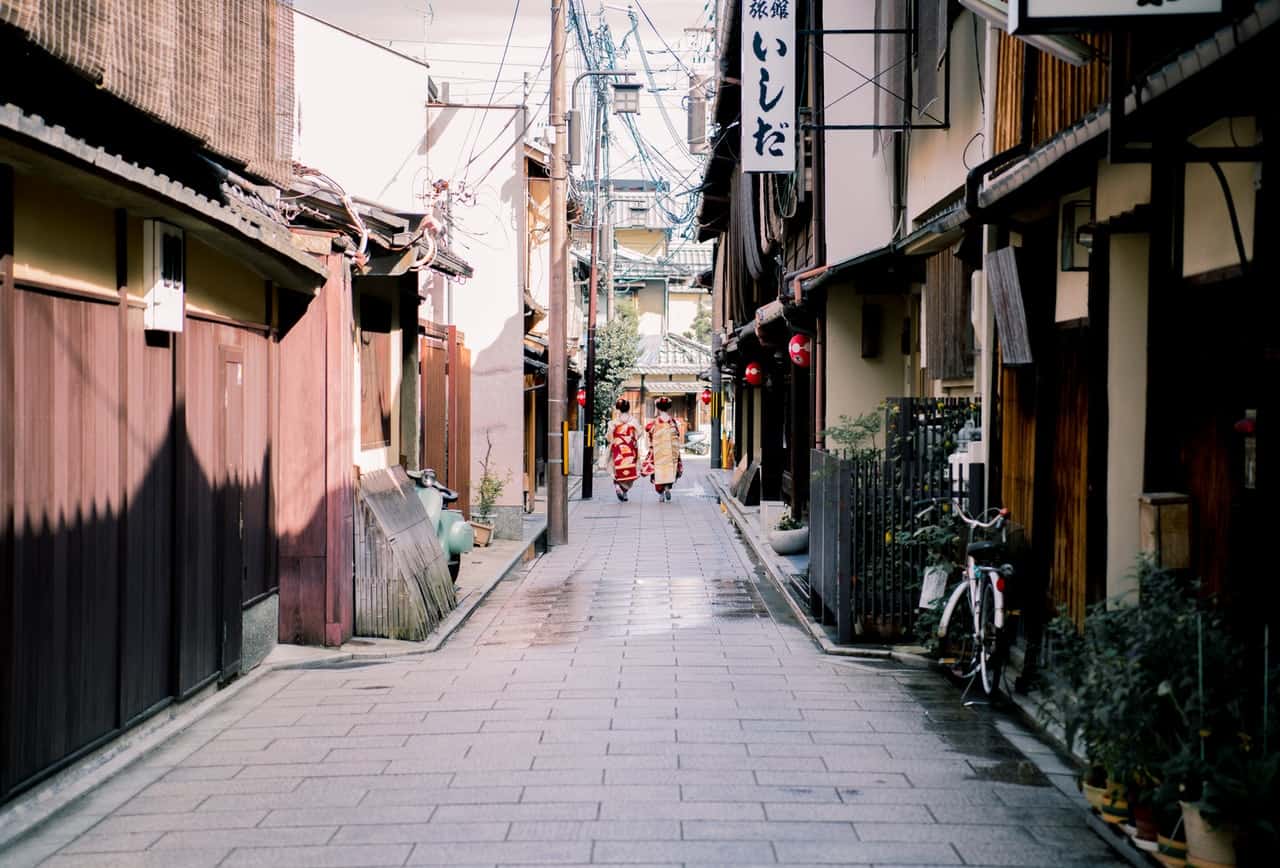
Japanese anime makes up 60% of the world's animated entertainment.
In 2004, international sales data stated that approximately 60% of all animated content and entertainment in the world comes from Japan. As of the early 2000s, Japanese animation was already being introduced to several countries all around the world.
Anime made its way into the mainstream when it acquired a sizable American audience. Since then Japanese animation has been slowly growing in popularity not only in America but in other countries as well.
During Golden Week, many people close their stores to celebrate the holiday.
Golden Week in Japan consists of annual holidays that stretch for seven days. These holidays typically occur during the end of April and the beginning of May.
This time is often considered a time of rest. As a result, many companies close their shops for this duration to allow their employees to rest and spend time with their families.
People with tattoos cannot enter Japanese hot spring baths.
Tattoos are commonly associated with Japanese gangs and criminals such as the Yakuza. To keep the integrity of a hot spring’s reputation, these people are commonly banned from such premises.
This includes public pools, public baths, traditional inns, and gyms. Some hotels that have shared bath spaces also do not allow such visitors into their premises.
Kitkats symbolize good luck in Japan.
Kit Kats are considered good luck due to the phrase “Kitto Katsu”. This phrase roughly translates to ‘certain victory’.
Because of this, this foreign chocolate grew in popularity within the country of Japan and is commonly given as a gift for good luck. Over the years, Japan became known for its many Kitkat flavors including the famous matcha KitKat.
Japan is mostly a cash-based society.
Despite being one of the most high-tech cities in the world, Japan still makes use of cash as its main form of payment. Many stores in Japan often do not accept any form of the card as payment.
However, many convenience stores still carry ATMs inside them and are available 24/7 for anyone who wishes to withdraw cash.
Vending machines are a major part of modern Japanese culture.
Vending machines can be found in nearly every corner of Japanese cities and have a wide array of goods you can buy. Japan also has the highest vending machine density in the world with approximately 1 vending machine for every 23 people.
Apart from drinks, some vending machines also offer cooked food, cigarettes, candy, soup, and as well as alcoholic drinks.
Blowing your nose in public is considered rude in Japan.
Loudly blowing your nose in public areas is considered terrible etiquette in the land of the rising sun. But if you must blow your nose, do so in a secluded area with no people around.
The Japanese are very considerate in this manner to avoid getting others sick or catching anything they may have. This also explains the popularity of facemasks in Japan.
Sumo wrestling is the national sport of Japan.
Sumo evolved for several centuries before being established as the country’s official sport. However, it has decreased in popularity over the years.
In 2013, Sumo has opened its doors to foreign members to help the association in Japan grow.
Gift-giving is an important part of Japanese culture.
This simple act expresses gratitude, respect, friendship, and appreciation. Gift giving is practiced in nearly all occasions such as home visits and giving thanks.
Gifts should often be inexpensive and edible, so the receiver wouldn’t be burdened with returning the favor for an expensive gift.
Peak visiting months in Japan are typically around March to April.
This falls in line with cherry blossom season, where many come to open parks to have picnics under the blooming sakura trees. However, these times are also generally crowded and flights come at higher prices due to its popularity with tourists.
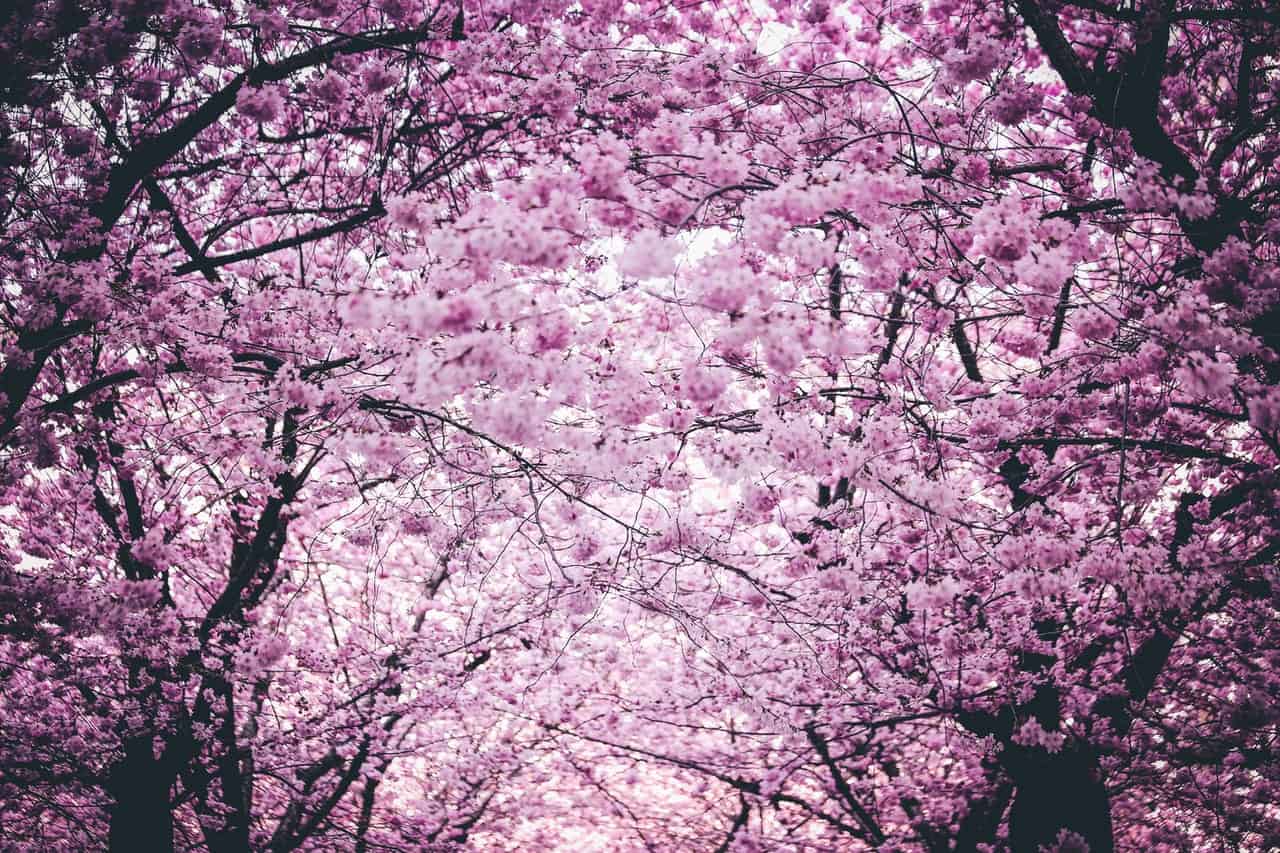
Black cats in Japan are considered a good omen.
The Japanese believe that black cats ward off evil and grant safe travels. Some also believe that those who own black cats will have many suitors.
Japan considers tipping as a taboo.
Leaving tips in Japan is considered rude and insulting towards both the establishment and the employees that have served you. The Japanese believe that they do a good enough job for the wages that they are being paid for.
Foreigners are often pleased with Japan’s no tipping customs.
Eating Kentucky Fried Chicken is a common practice during Christmas in Japan.
Each year, an estimated 3.6 million Japanese households consume KFC during the Christmas season. The tradition is believed to have started from the promotion of “party barrels” during the winter in 1970.
Since then, KFC chicken has become the Japanese equivalent of the American turkey dinner.
The Japanese do not wear their shoes in their homes.
This practice comes from the custom of traditional houses eating their meals on tatami mats and not on tables. The floor is also commonly used to lay futons down in place of beds.
As such, removing shoes became the norm to avoid dirt from outside spreading all over the house.
The island of Aoshima holds a large population of cats.
Aoshima is famously known as Japan’s Cat Island which holds over hundreds of cats. In comparison, only around 15 to 20 humans reside on the island.
Cat Island was introduced as a way of controlling the rodent population on fishing boats. In terms of size, the island roughly stretches only a mile long.
Renting a person to cuddle with is common in Japan.
In 2012, Japan opened its its first cuddle cafe, which allowed customers to rent out a girl to take a nap with. The common cause for this is due to common loneliness that the Japanese experience.
Japan has one of the world’s highest suicide rates.
Suicide in Japan is considered a major social issue and rates as one of the highest in the world. The number one cause for this is found to be isolation which causes depression later on.
As of 2018, Japan’s child suicide rate has also significantly increased causing it to be the highest it has ever been in the last 30 years. Studies found that bullying is one of the main causes of this act among younger suicides.
Over 2 billion manga magazines are sold in Japan annually.
This makes up over 40% of books and Magazines in Japan. Japan also uses more paper for printing books than it does for making toilet paper.
Manga in Japan is very common and popular among all ages. Popular manga titles are also adapted into animated series when there is a large demand for it.
Moe culture is now one of the biggest commercialized concepts in Japan.
The word moe refers to a strong feeling of emotions towards characters, particularly in Japanese anime, video games, and manga. Over the years, moe characters have expanded throughout the Japanese media.
This led to it becoming one of the most commercialized concepts today. The concept of moe is so popular that it has become its subculture within certain groups.
Trains in Japan always arrive on the dot.
According to Japan’s main central railway company, the most a train has ever been delayed is by 0.9 minutes. If a train ever causes more than a five-minute delay, the train conductor will personally apologize to one passenger at a time.
Special tickets are also given to those who are commuting to submit to their work superiors or schools to explain why they are late. In Tokyo, most train lines have their last run around midnight to one in the morning.
Japan is also the world’s largest consumer of timber from the Amazon rainforest.
The country of Japan has a reputation for being aggressively greedy when it comes to timber consumption. Today, Japan makes up around 20% of the world’s total import demand for the material.
Many Japanese residents believe in legendary figures called yokai.
The Shinto and Buddhist practices serve as the cornerstones of Japanese mythology and beliefs. Many Japanese citizens believe in urban legends such as Yokai, which are apparitions such as ghosts, and strange-looking creatures.
Many people also believe that yokai often shape-shift into animals with mixed parts, such as the Kappa or Tengu.
Japan strictly implements designated smoking areas.
Generally, smoking along the streets or anywhere outside in Japan is banned. Designated smoking areas are marked around major areas for people who need to get their nicotine fix.
Smoking areas are also available in some restaurants and bars.
Schools in Japan do not employ janitors or cleaners.
In Japan, the education system operates on the principle that children should learn to clean and take care of daily chores at a young age to teach discipline and respect. Students until high school are required to take turns cleaning the classrooms, hallways, and taking out the garbage to teach the importance of responsibilities.
In elementary, some students are also assigned cafeteria roles to serve food to their classmates.
Many modern Japanese homes are fully electronically operated.
Many houses in Japan today include a mix of traditional and modern housing styles. Modern households also commonly have a control panel for lighting, heat, and air conditioning.
A control panel for baths is also common to regulate its temperature, water levels, and drainage.
Gambling is illegal in Japan.
While gambling has been made illegal, the Japanese government has given some exceptions. These include sports betting such as betting on horse races and bicycle racing.
Pachinko or slot machines are also considered as a form of non-gambling as there are no cash prizes. However, players may exchange their non-cash prizes into real money.
Japanese sake is made by fermenting rice.
Sake is an alcoholic beverage in Japan that is normally enjoyed on any occasion. Sake is made from a mix of rice, rice koji, and water fermented with yeast.
The alcoholic beverage can also be enjoyed both hot and cold and go well with meals like sushi and seafood.
Was this page helpful?
Our commitment to delivering trustworthy and engaging content is at the heart of what we do. Each fact on our site is contributed by real users like you, bringing a wealth of diverse insights and information. To ensure the highest standards of accuracy and reliability, our dedicated editors meticulously review each submission. This process guarantees that the facts we share are not only fascinating but also credible. Trust in our commitment to quality and authenticity as you explore and learn with us.

